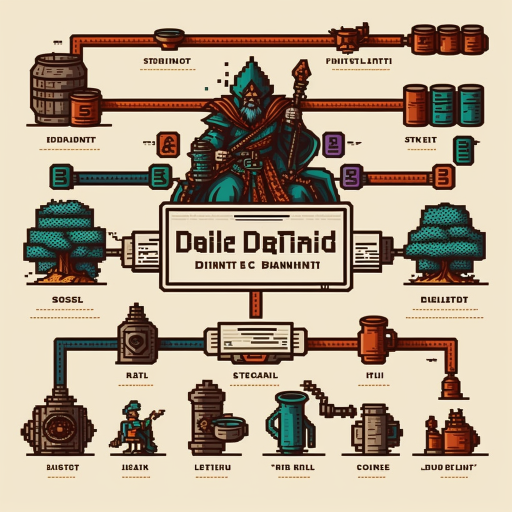What does it mean to be threat-informed when it comes to Cyber Defence?
It is one of those classic tough questions that don't have simple answers (at least not ones that are immediately obvious). The great Anton Chuvakin circled back to this topic recently. In this article, he

Diego Perez
Appetizer
Ahoy fellow Cyberscouts! It's been a couple of weeks since our last encounter when I introduced an example of an applied AIMOD2 hunt mission, using Citrix CVE-2023-3519 as target.
What have I been doing since then you ask? Well, I've been building Active Cyber Defence
The Prelude
Hello everyone, it would seem that time has gone quite fast and my temporal abilities to navigate the river of Chronos are not yet good enough. Ideally, I would like to train the power of slowing time, enjoying the shades of it as you go through your day.
We live in an economy of distraction. In this era of fabricated intelligence, attention-sucking digital vampires, calculated buzzwords, over-optimization of every aspect of life, and the mindless echoing of information we call "news", there is little room for creative reflection and quiet pondering.
Continuing from Threat Hunting Shift Part 3, we will now introduce the Defend and Design domains. So without further ado, let’s dig into it!
Note: If you haven’t read the previous post, where I present the Discover and Disrupt domains, I advice you head there and give it
Active Defence Adversarial Cyber Operations Framework or ADACOP, is a framework for sense-making and understanding the relationships between the different domains of active defence. ADACOP describes four tactical domains, namely: Design, Discover, Disrupt and Defend.







